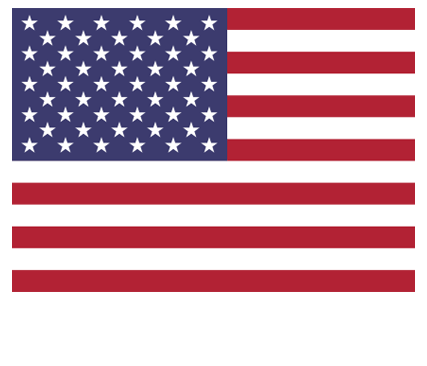Thermoforming Polycarbonate. What Is Polycarbonate?
This is actually a question we get quite a bit, so we thought we would address it in an post. Before we get into the process of thermoforming polycarbonate, though, let’s take a moment to discuss the characteristics of polycarbonate. To start, polycarbonate is a transparent plastic material. Its chemical conclusion is reached by combining bisphenol-A and phosgene. Polycarbonate is naturally a transparent plastic and, as a result, it is popular for vehicle head lamps and other lighting situations where transparency is critical. In addition to transparency, polycarbonate is a tough plastic that routinely scores well on impact strength tests. For that reason, it’s also frequently used in situations where a bullet-proof material is needed.
Okay, so on to the thermoforming part. We have covered this more extensively in another post. To sum up here, though, thermoforming is a process in which plastic sheets, of which polycarbonate is, are heated to a point that they form to shape by means of core and cavity. For polycarbonate, the temperature needs to be between about 300 and 500 degrees Fahrenheit. The final product should be extruded to sheets and thoroughly dried to prevent the formation of bubbles or haze.
To learn more about our thermoforming processes and how they can benefit your organization, give us a call at 1-800-467-4561 today!



